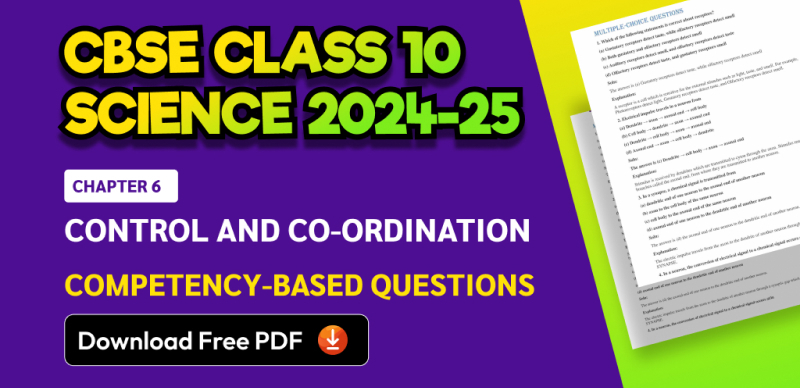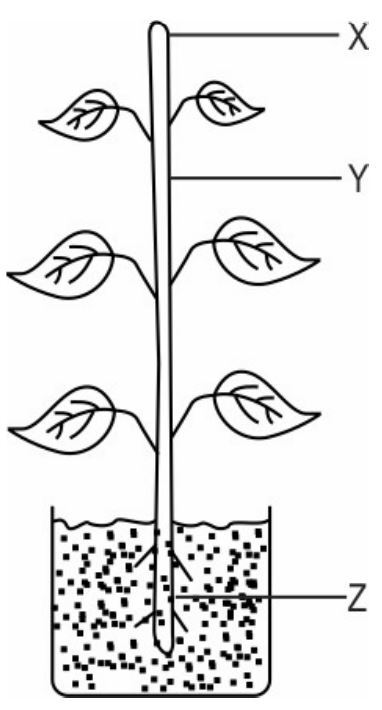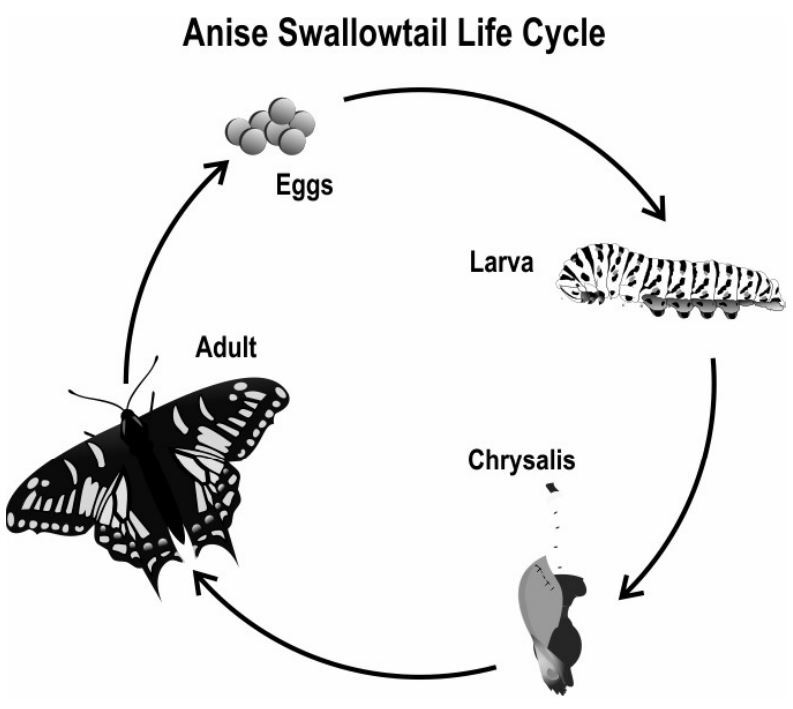CBSE Class 10 Science 2024-25: Chapter 6 Control and Co-ordination Competency-Based Questions with Answers; Download Free PDF

SHARING IS CARING
If our Website helped you a little, then kindly spread our voice using Social Networks. Spread our word to your readers, friends, teachers, students & all those close ones who deserve to know what you know now.
As the CBSE Class 10 board exams get closer, it’s important for students to understand the new exam pattern. Starting in the 2024-25 school year, CBSE will include 50% more competency-based questions. These questions will be both multiple choice and written, focusing on how to use what students have learned in real-life situations.
This article explores Chapter 6: Control and Co-ordination. It highlights key competency-based questions and provides answers to help students succeed. Prepare for your CBSE Class 10 Science exams with important competency-based questions from Chapter 6: Control and Co-ordination.
Understanding Competency-Based Questions in Chapter 6: Control and Co-ordination
Get ready for the CBSE Class 10 Science 2024-25 exams with key competency-based questions from Chapter 6: Control and Co-ordination. These questions help you apply concepts in real-life situations. Download the free PDF for detailed answers and boost your exam preparation.
CBSE Class 10 Science Chapter 6: Control and Co-ordination Important Competency-Based Questions
Q1. Sapna suffers from a condition due to which her average blood sugar level is 174 mg/dL. The average blood sugar level in a healthy adult is <140 mg/dL.
Which of the following could be the cause of Sapna's condition?
1. insufficient production of thyroxine in her body
2. insufficient production of insulin in her body
3. excess production of thyroxine in her body
4. excess production of insulin in her body
Ans. 2. insufficient production of insulin in her body
Q2. Auxin is a plant hormone that promotes cell elongation and is produced by the apical meristem. It inhibits the growth of lateral buds which are present at nodes (where leaves attach to the stem). As long as sufficient auxin is produced by the apical meristem, the lateral buds remain dormant.
A gardener wants the plants in the hedge that he is growing to become bushier with more branches. Which of the following should he do?
1. spray water on the tips of the stems to increase growth
2. dig around the plant roots and apply more manure
3. trim the hedge by cutting off the tips of the stems
4. remove all the weeds that grow around the hedge
Ans. 3. trim the hedge by cutting off the tips of the stems
| Download PDF | |
| CBSE Class 10 Science Chapter 1 Chemical Reactions & Equation: Important Competency-Based Questions 2024-25 | Click Here |
| CBSE Class 10 Science Chapter 2 Acids, Bases and Salts: Important Competency-Based Questions 2024-25 | Click Here |
| CBSE Class 10 Science Chapter 3 Metal and Non-metal: Important Competency-Based Questions 2024-25 | Click Here |
| CBSE Class 10 Science Chapter 4 Carbon and its Compounds: Important Competency-Based Questions 2024-25 | Click Here |
| CBSE Class 10 Science Chapter 5 Life Processes: Important Competency-Based Questions 2024-25 | Click Here |
| CBSE Class 10 Science Chapter 6 Control and Co-ordination: Important Competency-Based Questions 2024-25 | Click Here |
Q3. Shown in the figure below is a plant in which auxin is synthesised at part X of the plant. Geeta took the potted plant and cut off part X. She then took the plant and kept it near a window with sunlight and observed it after 7 days.

Which of the following is she likely to have observed?
1. Part Y grew and bent towards the window.
2. Part Z started growing upwards and out of the soil.
3. Part Y did not grow at all.
4. Part Y grew upwards.
Ans. 3. Part Y did not grow at all.
Q4. During pollination, plants ensure that the pollen grain from a species germinates on the stigma of the same species.
Which of the following ensures this?
1. hydrotropism
2. chemotropism
3. phototropism
4. geotropism
Ans. 2. chemotropism
Q5. Two statements are given below - one labelled Assertion (A) and the other labelled Reason (R). Read the statements carefully and choose the option that correctly describes statements (A) and (R).
Assertion (A): All reflex actions are involuntary actions but only some involuntary actions are reflex actions.
Reason (R): Reflex actions take the shortest route from the receptor (detector of stimulus) to the effector (producer of response).
Which of the following is correct?
A. Both (A) and (R) are true and (R) is correct explanation of the assertion.
B. Both (A) and (R) are true but (R) is not the correct explanation of the assertion.
C. (A) is true but (R) is false.
D. (A) is false but (R) is true.
Ans. B. Both (A) and (R) are true but (R) is not the correct explanation of the assertion.
Q6. Metamorphosis is a biological process by which an animal physically develops after birth or hatching, involving a conspicuous and relatively abrupt change in the animal's body structure through cell growth and differentiation. Some insects, fish, amphibians, molluscs, crustaceans and other groups undergo metamorphosis, which is often accompanied by a change of nutrition source or behaviour.
The diagram below shows such metamorphosis in butterflies.

(a) What are the chemicals that control such developmental changes in the butterfly's body structure called?
(b) Name ONE developmental change (other than external changes in body structure) in a human female during puberty brought about by the action of the type of chemicals mentioned in (a).
(c) What is the most likely genetic difference between the larval and adult stages in the life cycle of the butterfly shown above?
Ans. (a) hormones
(b) onset of menstrual cycle
(c) There is no genetic difference in the larval and adult stages if the butterfly.
Q7. (a) As first line of defense, stress hormones are released in humans. As an equivalent, which hormone is most likely to be released as first line of defense in plants?
(b) There have been reports of plant hormones being found in animal bodies even when they are not synthesised by the animal. What can be the most common pathway of entry of such hormones in animals?
Ans. (a) Abscisic acid/ABA
(b) through food
Q8. (a) Name ONE plant hormone that controls directional growth.
(b) Plant hormones are also referred to as growth regulators and can be controlled by a number of stimuli. Mention ONE point of difference between the functioning of animal growth hormones and plant growth regulators with respect to such control.
Ans. (a) auxin
(b) Animal growth hormones cannot promote growth under the influence of external stimuli like light, gravity etc.while plant growth regulators do.
Q9. Sheila saw a snake and instantly jumped back. She then slowly moved away from the snake.
What is the difference between the two actions of instantly jumping and walking away?
Ans. The jump was an involuntary quick reflex action.
Walking away was a voluntary slow action.
Q10. Hema bought some unripe tomatoes and left half of them in a brown paper bag and the other half in an open tray. After two days she noticed that the tomatoes in the paper bag had ripened, but the ones in the open tray had not.
(a) What hormone facilitated the ripening of tomatoes?
(b) Why did the tomatoes in the paper bag ripen faster?
Ans. (a) ethylene
(b) Ethylene is a gaseous hormone and the paper bag prevented it from diffusing into the air. Hence the tomatoes ripened faster.
Q11. While on a roller coaster ride, Aditya noticed an increase in his heartbeat and his breathing. Which hormone is responsible for the changes in Aditya's body?
Ans. adrenaline
Q12. 'Plant growth regulators do not always promote growth.' Cite one example in support of the above statement and mention the action of the same.
Ans. 0.5 marks for each correct point:
- abscissic acid
- promotes ageing and senescence
-
👉 Read Also- CBSE Class 10 Half-Yearly/Mid Term 2024-25 : Most Important Questions with Answers; PDF Download (All Subjects)
👉 CBSE Class 10 Study Materials
| CBSE Class 10 Syllabus 2024-25 | NCERT Solutions For Class 10 |
| CBSE Class 10 Previous Year Question Papers | CBSE Class 10 Books |
| CBSE Class 10 Full Study Material | CBSE Class 10 Sample Paper |







 Profile
Profile Signout
Signout












 Quiz
Quiz
 Get latest Exam Updates
Get latest Exam Updates 










